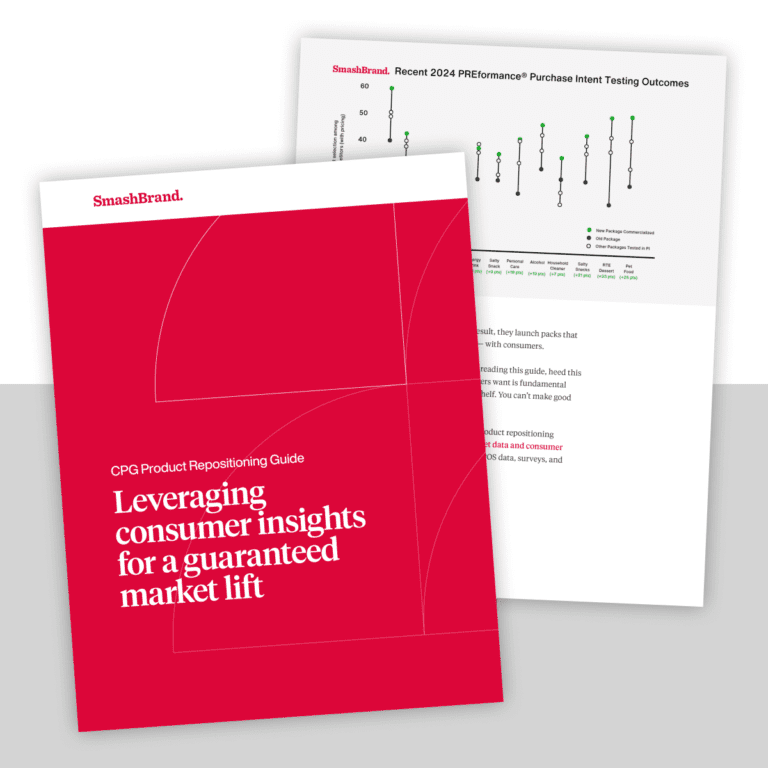We go through our daily lives all the time without thinking of lines and how much presence they maintain within our existence: they divide lanes of traffic, form the blueprint of every building we enter, and are visible in the curving lines of the veins of our bodies. It’s interesting to think of lines in Web design and how they can impact user experience.
Johnny Cash made lines immortal and soul-stirring when he sang about “walking the line,” and for good reason. Lines separate concepts, lead us to new conclusions and emphasize the differences between items or ideas. When we examine them more closely, it’s interesting to see how our brains (and emotions) interpret lines and their effects on the user when interacting with your site.
1. Diagonals Add Dimension
We tend to think in terms of straight lines, and our analytical brains may err on the side of viewing the world in purely horizontal and vertical terms. This might be one reason diagonal lines can greatly impact users when employed in dynamic website designs. Diagonal lines go against the grain; they capture the eye and can direct users to experience a site in a vibrant new way. Which is more interesting: a diamond or a square? Even the word “square” has a negative connotation! Try out diagonal lines as a design element to encourage a more stimulating visual experience for your customers.
2. Single Pixel Lines to Create Depth
A pixel is the most finite and elemental unit of digital design. And yet, it can also be one of the most important design elements, especially when repeated multiple times in a pattern that forms a line. A single-pixel line can create depth, encourage interaction, and emphasize dimension. Even as we write this, single-pixel lines define the multiple open panes on our MacBook Pro. Employing this simplest directional suggestion into your website encourages a more interactive experience: single-pixel lines encourage clicking, scrolling, and shifting from one page to the next.
3. Verticals Convey Status and Authority
A vertical line ascending to the heavens implies a direct connection to a higher power. The Washington Monument is the perfect example of this sentiment. Could there be a clearer symbol of strength, authority and… well, ahem, virility? Using strong verticals in your site can indicate to the user that content is authoritative and continuous. On the opposite end of the spectrum, descending verticals can convey a sense of additional content by scrolling downward.
4. Curved Lines Add an Ethereal, Emotional Edge
Curved lines are gentle and flowing. They seem to be simultaneously very much of nature and also possessed of an ethereal energy. Employing curved lines in Web designs encourages the user to experience a more relaxed and responsive site. They can be indicative of femininity, sensuousness, and other earthly qualities. Incorporating curved lines into a design entices the user to keep reading because of their inherent “come hither” nature.
5. Horizontal Lines Separate Concepts
It starts in kindergarten when we first learn to write our names at the top of the page, exactly on the provided line. Just as paper is scored with horizontal lines to separate content, a Web design can employ horizontal lines to divide sections and concepts. Less imposing than vertical lines, horizontal lines help to organize content and keep the user engaged in an easy-to-follow manner.
While lines will never have the flash and pizazz of a more dramatic Web design element, they nevertheless play an essential structural role in your site’s overall look and feel. Whether those lines convey power, emotion or simply better organize your content is entirely up to you.
Data-Driven Brand Development
Want a best-selling brand? SmashBrand is a brand development firm for FMCG and CPG companies. From brand strategy to packaging design testing, our Path To Performance™ process guarantees a retail performance lift. Book a time to discuss your project with our team.
Subscribe to
Nice Package.
SmashBrand’s Nice Package: Stay current with our latest insights
Free Resource.

CPG product repositioning guide.
Explore the five undeniable signs your CPG product needs repositioning along with strategies for leveraging consumer insights for a guaranteed market lift.
Download Whitepaper About CPG product repositioning guide.